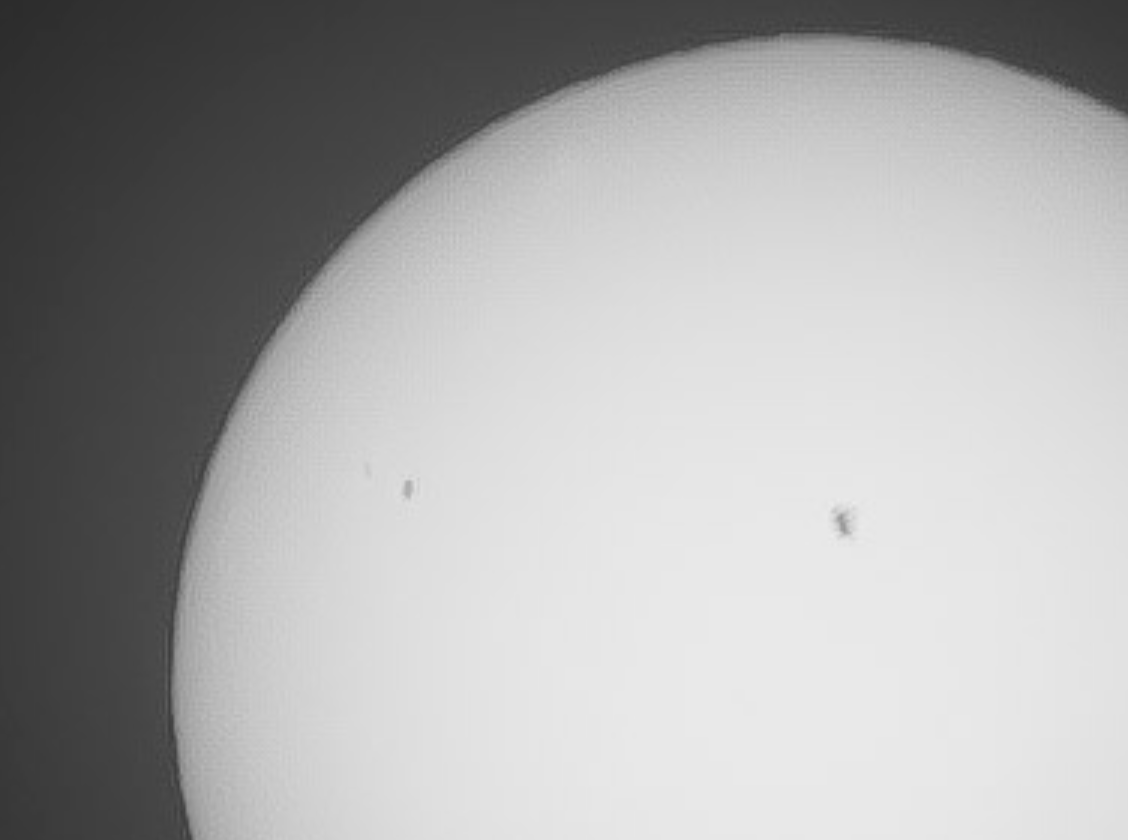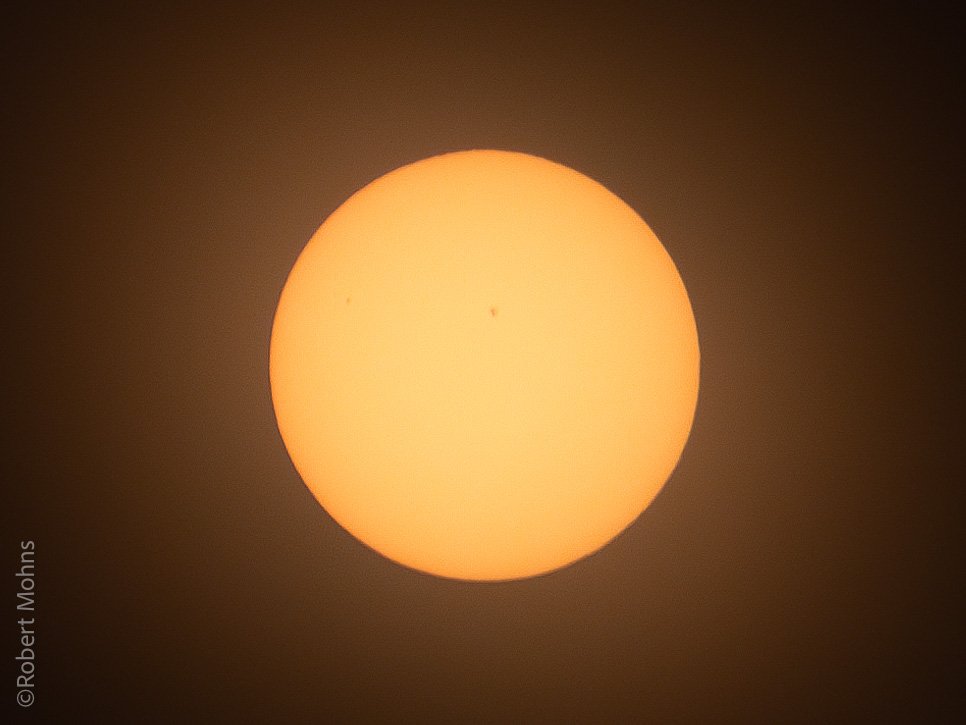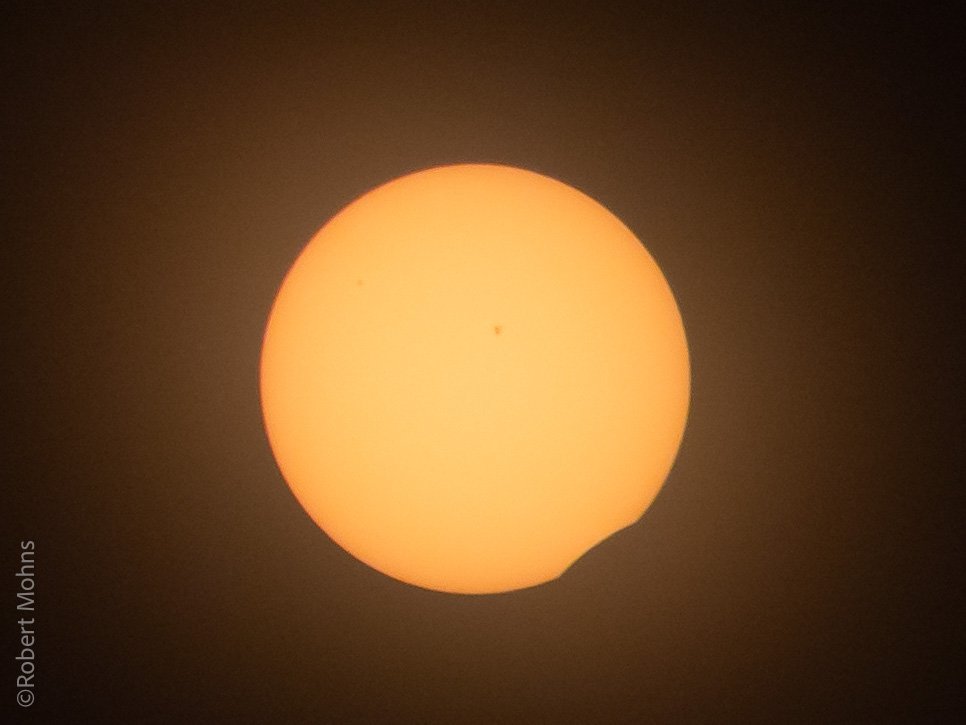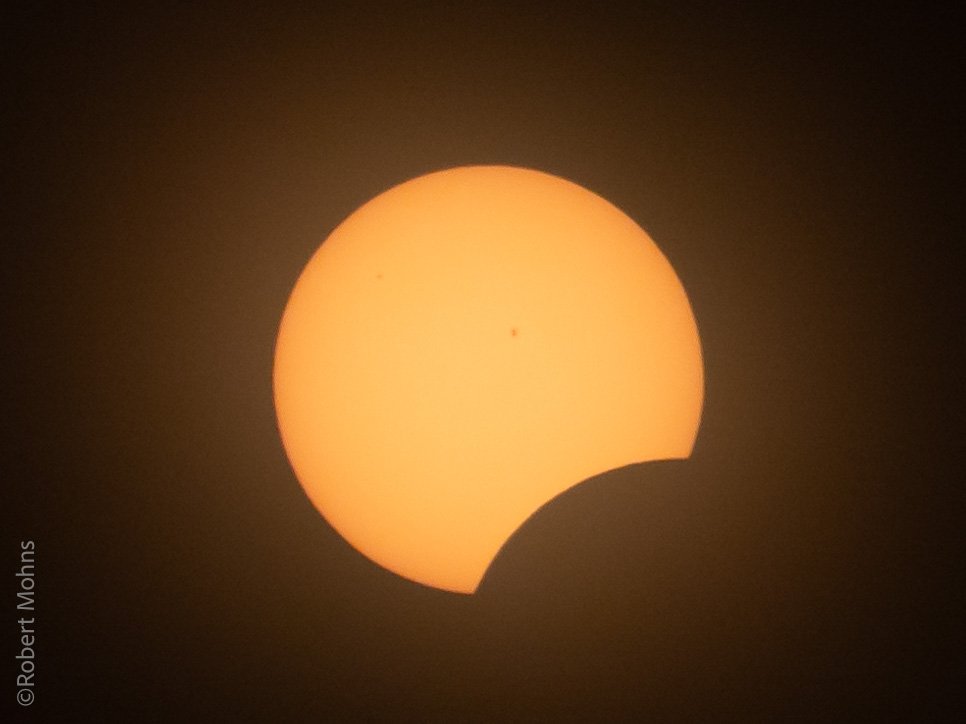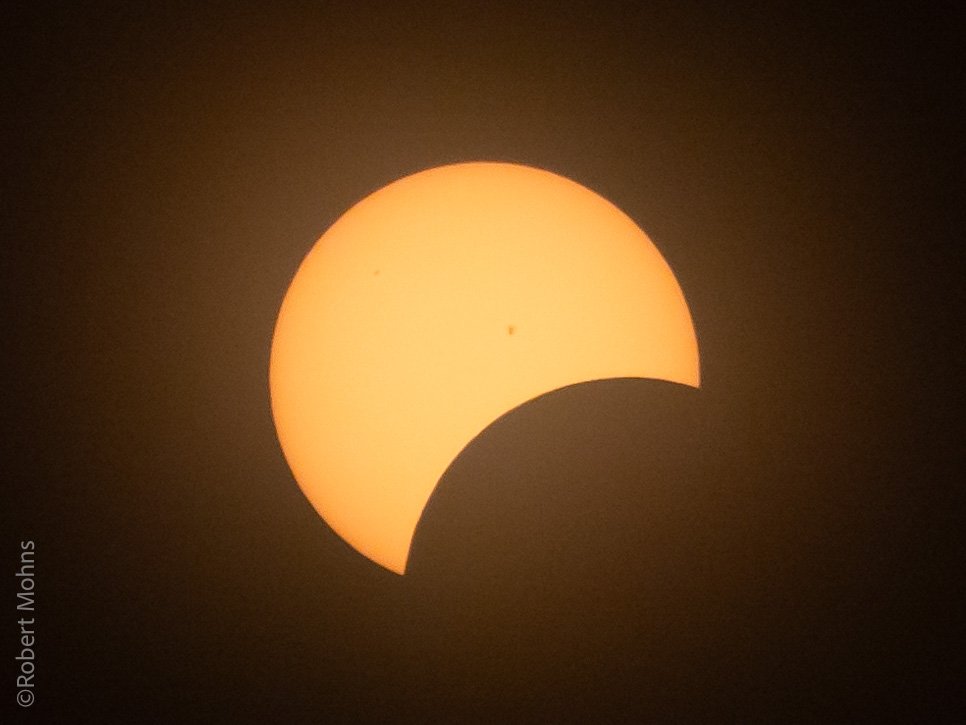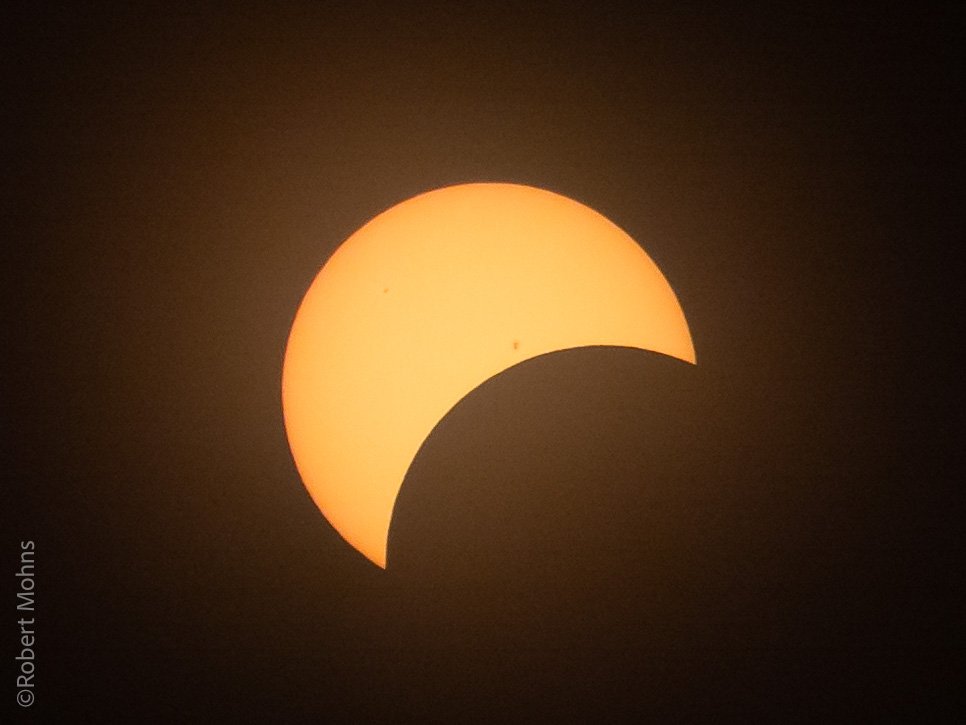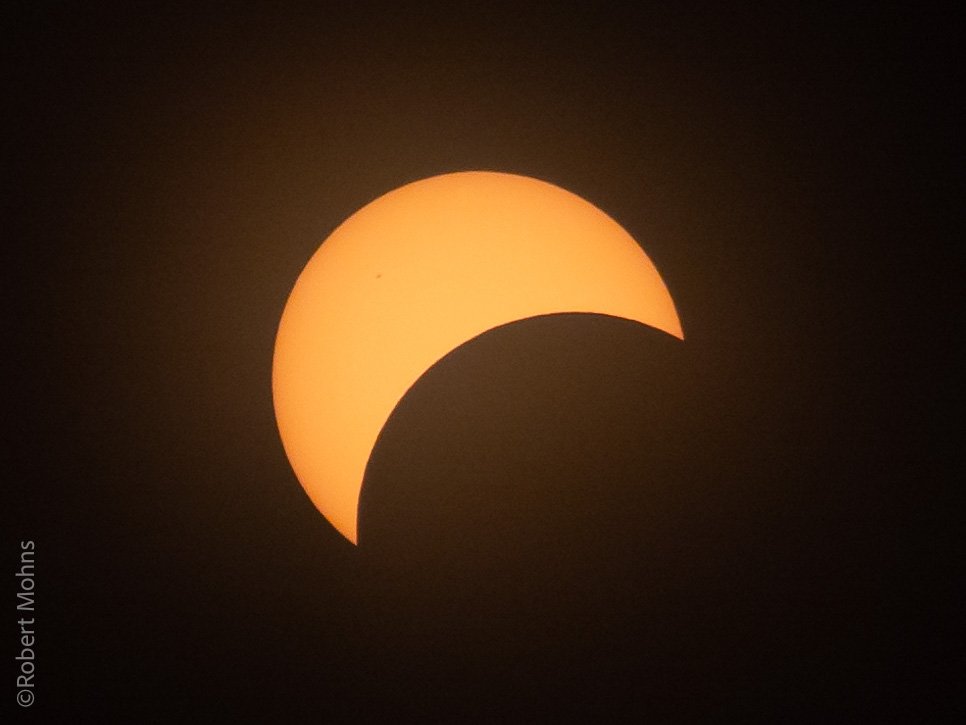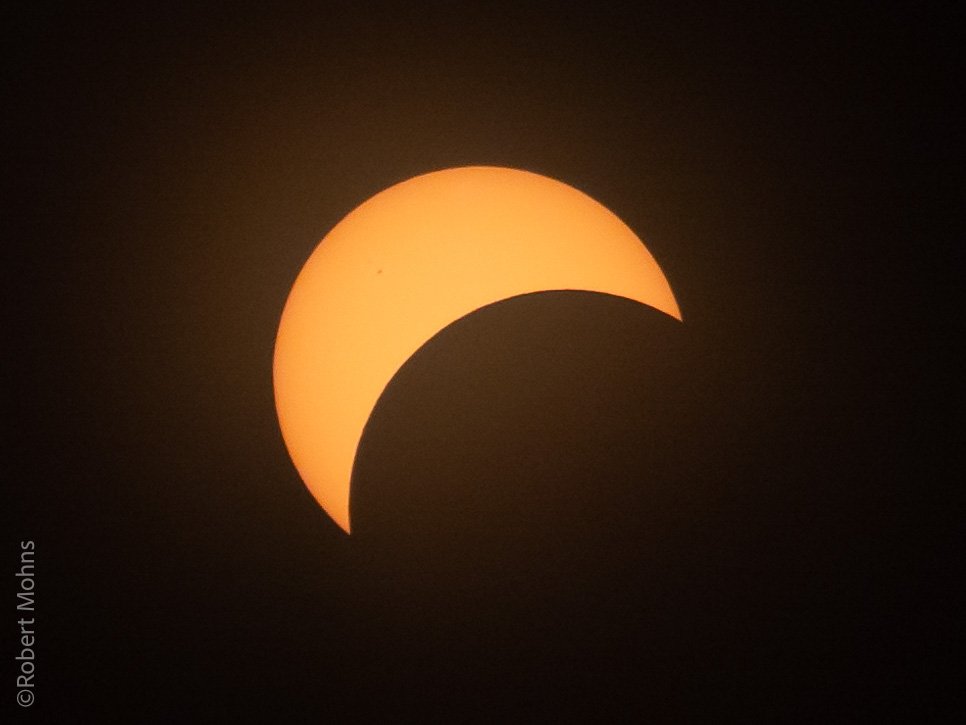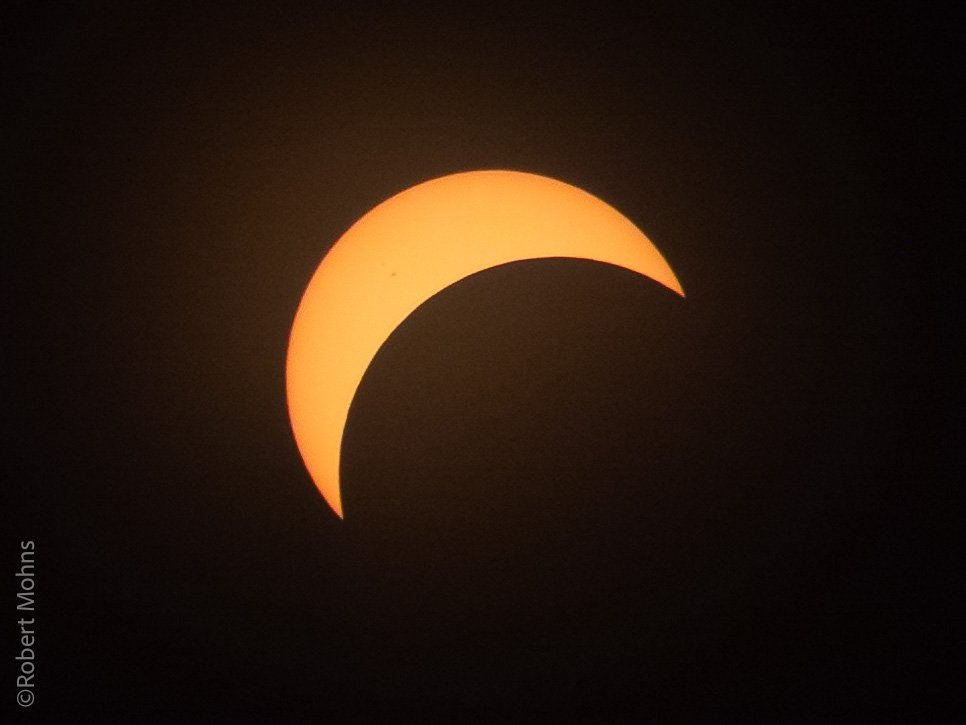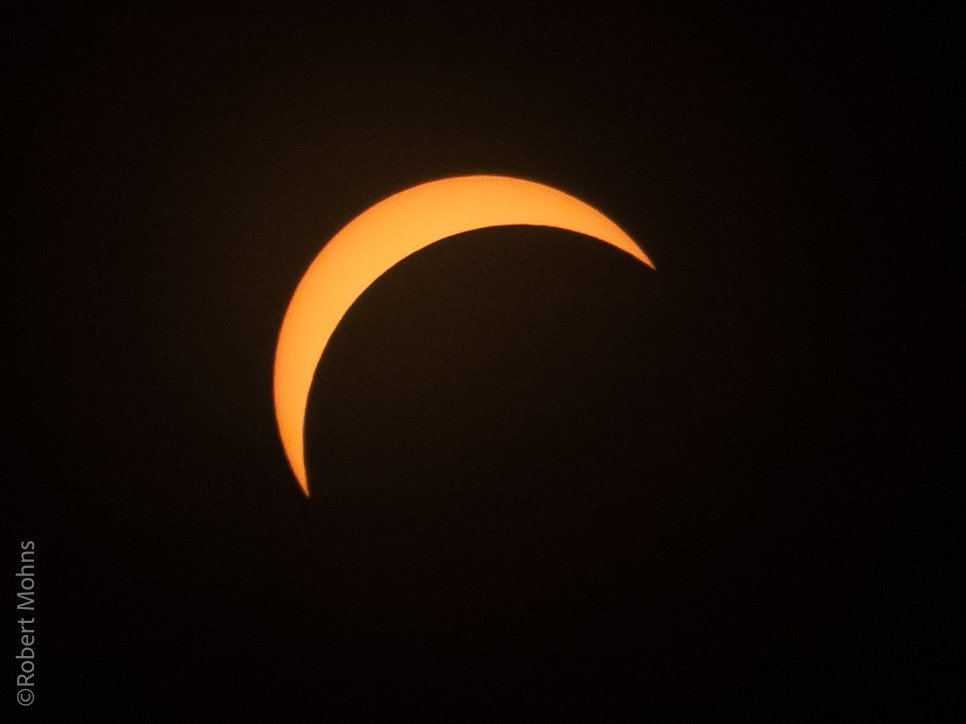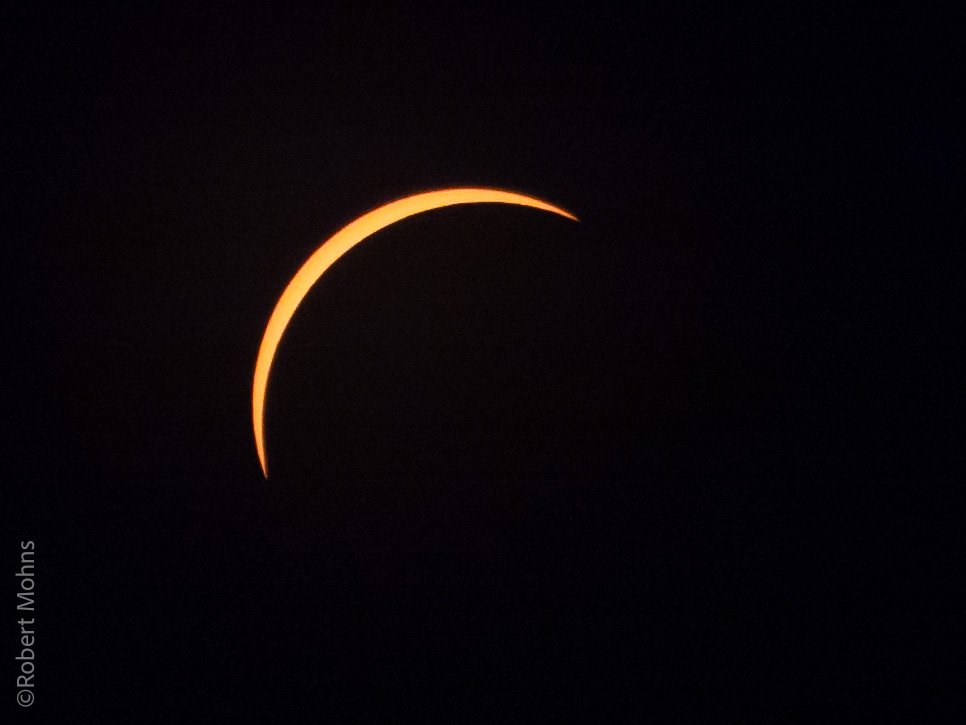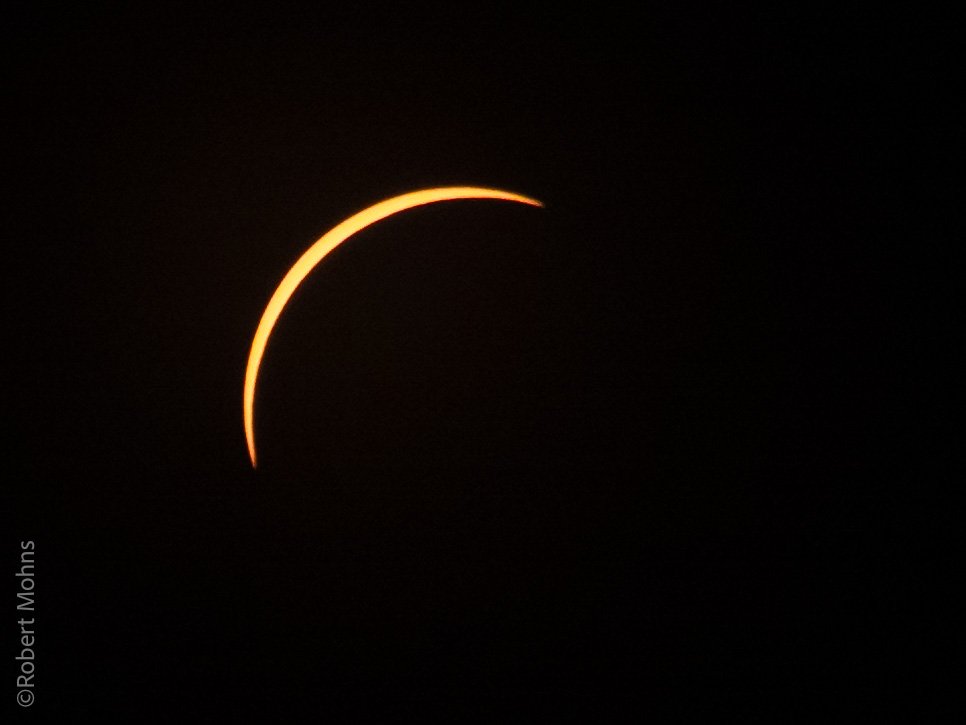These are my eclipse photos. There are many like them, but these are mine.
Like many others in the US, on Monday my New England-based family travelled most of the way to the Canadian border to see the 2024 solar eclipse. It was, in a word, stunning.
I went prepared to take photos with my old Olympus E-PL6, a Lumix 45-175mm lens, a simple mylar solar filter from B&H Photo, and an inexpensive tripod. Nothing like the fancy Canon L-glass I saw folks using, but it’s what I had available. For this particular job, even an old camera, with a long lens, beats a phone camera hands down.
I was, honestly, prepared for disappointment. I’ve never done this before, after all! My camera’s rear screen doesn’t work anymore, so I can’t set it up to auto-bracket for HDR. But I can manage the essentials – aperture, shutter speed, ISO, RAW capture, focus – using the viewfinder controls.
It came out better than I could possibly have hoped for. Aside from cropping, adjusting exposures & white balance to more or less match them all up, and applying luminance noise reduction to the noisier images, I made very few edits.
And! I am amazed and pleased that I captured a few sunspots. Not bad for a decade-old, non-pro-grade, slightly busted camera. Here’s a black & white version adjusted to bring out the sunspots (there are three, but one is tiny & faint and not always visible – but it's there often enough that I think it is real, not just noise).
Cropped black and white photo of the sun, showing three small sunspots. The image is somewhat noisy and there are noticeable sharpening artifacts. But the sunpots are visible!
Gallery
And a few of the photos I’m so pleased to have gotten (clickity-tappety to enlarge)
Camera settings and set-up
If you ever have a chance to photograph an eclipse, here’s what I learned:
ISO is more important than shutter speed, which is more important than aperture. Shoot at the lowest ISO you can manage, while still keeping the shutter 1/200 or faster. Most of my photos that turned out decently were ISO 200 and 1/200 to 2/500 shutter. Faster shutter speeds didn’t help sharpness, and turning up the ISO just added more noise.
Get a tripod. A tiny, tiny bit of camera shake magnifies massively when you’re using a long telephoto or zoom lens. Any tripod is better than no tripod.
If possible, use a tripod with a good head. Mine was a $30 Amazon Fake Brand Special. It did hold position, but not the one I set it to. It reliably shifted down and to the side after tightening everything up. This meant I lost time repositioning it. Ugh.
If your choices are a $30 tripod and not having a tripod, get the $30 tripod. You do not want to be trying to keep a telephoto lens stable.
Sharpness is limited. The same effect that makes stars twinkle is going to limit the ultimate sharpness of your photos. Remember, you’re looking through 300km of atmosphere! Don’t worry about what you can’t control.
Pre-set your focus to infinity. I recommend focusing on the horizon, then turning off autofocus.
The best camera is one you have with you. Yes, a big expensive lens on a camera with a big expensive sensor is going to do waaaaay better than I did, but I took this photo with an iPhone 12 – and you can see both the corona and the moon blotting out the sun:
Smudgy crescent captured with an iPhone 12 Pro Max. It’s actually kind of impressive – consider that the “film” sensor is smaller than your little fingernail.
In a pinch, you can point your phone’s camera through a pair of $2 eclipse glasses. You’ll get a smudgy crescent… but it will be your smudgy crescent!
Don’t forget, you can still capture the stunning environment here on earth with your phone – including your friends and family. Capture their reactions. It’s worth it.
Most important: Enjoy the moment.
If you can’t get a photo… just look up. It’s amazing. Take the time to burn that once-in-a-lifetime-image into your head. Because photos, even the best photos, cannot replicate that experience.


